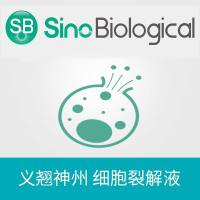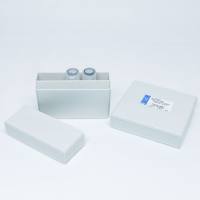The use of a new mode of selection—positive selection—has been demonstrated to be successful in a large variety of monocot and dicot species. This selection differs from more traditional modes of selection in which compounds such as antibiotics or herbicides are used to kill nontransformed cells (negative selection). In the case of positive selection, a transformed cell acquires the ability to metabolize a substrate that it previously could not use (or not use efficiently) and thereby grows out of the mass of nontransformed tissue. Positive selection can be of many types from inactive forms of plant growth regulators that are then converted to active forms by the transferred enzyme to alternative carbohydrate sources that are not utilized efficiently by the nontransformed cells that become available upon transformation with an enzyme that allows them to be metabolized. Nontransformed cells either grow slowly in comparison to transformed cells or not at all. Using positive selection, nontransformed cells may die, but, typically, production of phenolic compounds observed with negative selection markers does not occur. In many cases, this effect contributes to higher transformation efficiencies, as these compounds can negatively influence the growth of transformed cells. The use of one form of positive selection—transformation with phosphomannose isomerase followed by selection on mannose containing media—is presented here as an example.






